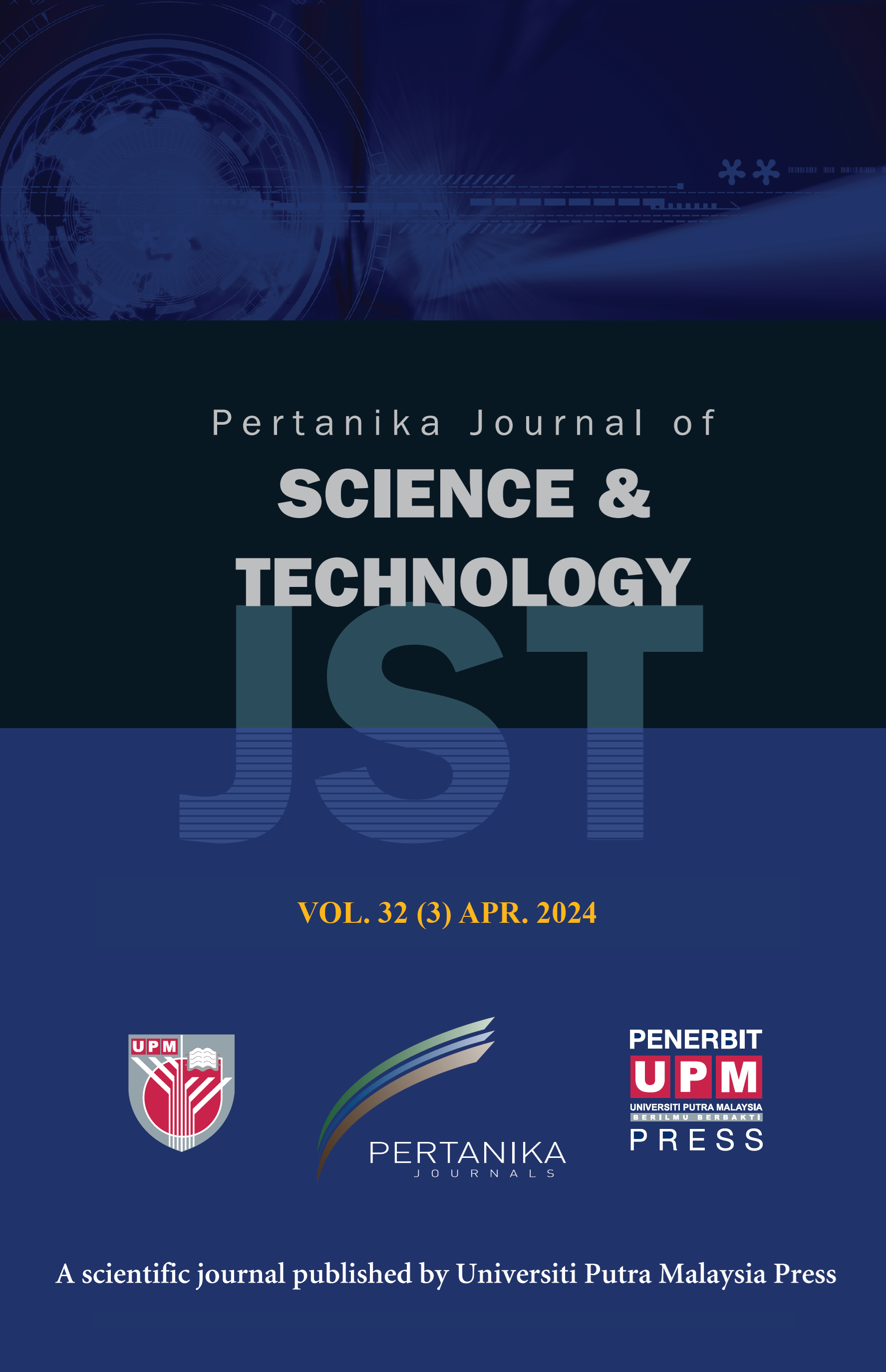PERTANIKA JOURNAL OF SCIENCE AND TECHNOLOGY
e-ISSN 2231-8526
ISSN 0128-7680
Comparison of Crystal Structure, Surface Morphology Structure, and Energy Band Gap of Thin Films of Zinc Oxide, Tin(IV) Oxide, and Titanium Dioxide
Teguh Ardianto, Aris Doyan, Susilawati, Dedi Riyan Rizaldi, Ziadatul Fatimah, Muhammad Ikhsan and Nuraini Rachma Ardianti
Pertanika Journal of Science & Technology, Volume 33, Issue 4, July 2025
DOI: https://doi.org/10.47836/pjst.33.4.15
Keywords: Crystal structure, energy band gap, morphological structure, thin film, tin(IV)oxide, titanium dioxide, zinc oxide
Published on: 2025-07-23
This study was conducted with the aim of analyzing the crystal structure, surface morphology structure, and energy band gap values in zinc oxide (ZnO), tin(IV) oxide (SnO2), and titanium dioxide (TiO2) thin films. This study uses an experimental research type that goes through two stages of work, namely synthesis and characterization of thin films. The synthesis stage is through the process of making sol-gel solutions, depositing solutions on substrate media, and heating thin film samples. While the characterization stage is carried out through three testing processes using X-ray diffraction (XRD), scanning electron microscopy (SEM), and UV-Vis spectrophotometry. The research data obtained were analyzed descriptively and presented in the form of images, tables, and graphs to see the quality and characteristics of the test samples. Based on the results of the analysis, it is known that the crystal structure of the ZnO thin film is hexagonal while SnO₂ and TiO₂ are tetragonal. The surface morphology of the SnO₂ and TiO2 thin films is granular, while the ZnO thin film is a nanorod. The smallest energy band gap value is found in the ZnO thin film with a value of 2.00 eV. There are four factors that affect the energy band gap value in thin films, namely precursor material, deposition method, substrate media, and dopant material.
ISSN 0128-7680
e-ISSN 2231-8526




